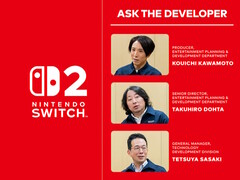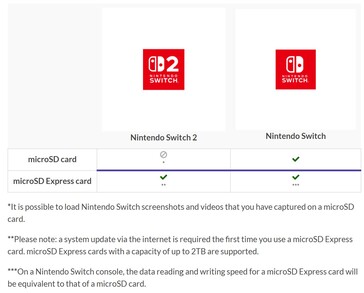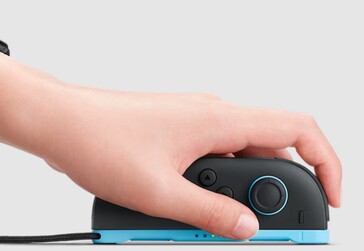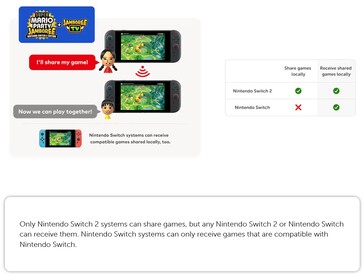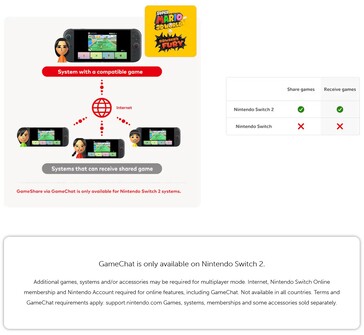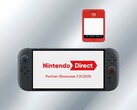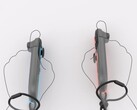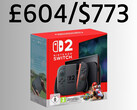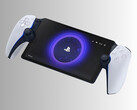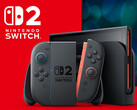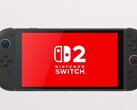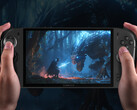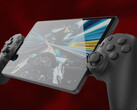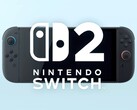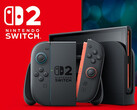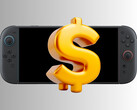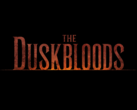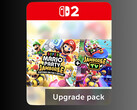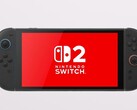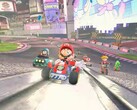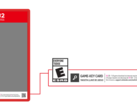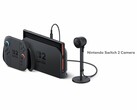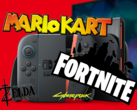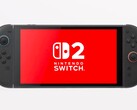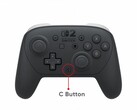Nintendo has revealed key Switch 2 design considerations and choices in an interview with key developers in the 16th volume of Ask the Developer.
The multi-part article interviews Producer Kouichi Kawamoto (Entertainment Planning & Development Department), Director Takuhiro Dohta (Entertainment Planning & Development Department), and Technical Director Tetsuya Sasaki (Technology Development Division). The three began working on the Switch 2 project around 2019, with R&D already underway.
Upgraded hardware and memory performance
With a careful focus on what game designers wanted to achieve with the Switch 1 but couldn't, the team upgraded the Switch 2 with hardware that they felt software developers could be satisfied with over its long life cycle (the Switch 1 was released in 2017). The initial focus was to release prototypes early in the development cycle for game programmers to begin developing with.
Because system memory capacity has always been a main focus for Nintendo, internal memory was expanded to 256 GB with faster read/write speeds. The card expansion slot was also upgraded to require a faster microSD Express card, which uses a PCIe Gen 3-NVMe interface for read/write speeds typically exceeding 400 MB/s.
This results in a handheld that appeals to a broad range of gamers, as both games and the eShop run more smoothly on the larger 7.9-inch, 1080p LCD display operating at 120 fps. Interestingly, during the development of the Switch 2, the proposal to remove the touchscreen feature was considered, given its lack of necessity in TV mode. However, it was ultimately rejected, as Iwata believed some games would still utilize it.
Updated controllers
The Joy-Con 2 controllers have been upgraded with more powerful rumble motors, larger and more durable analog joysticks, and lengthened shoulder buttons. These changes improve the experience for both large- and small-handed players. The controllers now attach to Switch 2 magnetically and release with the press of a button.
The Joy-Con 2 can also be used like a computer mouse with the Switch 2. This was an idea that the Technology Development department had been thinking about for a long time, which Kawamoto found out about when he proposed the same idea.
Nintendo redesigned the Switch 2 Pro Controller with "seamless grips" that are more like the GameCube controller grips to give the fingers more space and provide better feel. Two new customizable buttons, GL and GR, have been added to the back of the grips, and the joysticks are smoother and quieter than before.
Audio and video GameChat
Gamers can communicate with each other using the new GameChat feature. This voice chat feature is called up by pressing the newly added C button on the Switch 2 Pro controller, and an optional external camera enables video chats.
Voices are captured by the microphone located in the upper edge of the Switch 2, and players can use a headset with the audio jack in the Pro controller. Background noise is removed by a powerful audio processing chip, allowing for clear conversations even with a vacuum cleaner operating nearby.
Backward compatibility
Backward compatibility was more challenging to achieve, as the Switch 2 lacks any hardware from the Switch 1, unlike the DS/3DS or Wii/Wii U. Without this, designers had to choose between fully emulating the Switch 1 via software or utilizing dynamic recompilation to convert its code into Switch 2 code on-the-fly, with the latter ultimately prevailing.
The primary benefit of the latter method is extended runtime. However, the team still had to equip the Switch 2 with a battery 1.2 times larger than that of the Switch 1 to offset the increased power demands of the faster hardware.
The company tested over 10,000 Switch 1 games to find incompatibilities and work-arounds, and found the Switch 2 to have high compatibility. The faster hardware has the potential to enhance older games by running them at higher resolutions and frame rates, and Nintendo is considering updating older games with such improvements.
A list of compatible and incompatible games can be found here, and game compatibility will improve as Nintendo works on resolving emulation issues.
Accounts and game sharing
Nintendo plans on allowing Switch 2 owners to log in with their Nintendo Accounts to transfer data over from Switch 1 units. Also, games can be quickly swapped between an owner's older and newer Switch using the Virtual Game Card feature, much like swapping physical game cartridges.
The new GameShare feature allows parts of a game to be streamed and shared across multiple Switch 1 and Switch 2 consoles, although with reduced image quality. The feature works with locally connected Switch 1 and Switch 2 units or via GameChat with Switch 2 units.
Naming
Although the team struggled with what to name their new console, they settled on Switch 2 in the end because it is a proper follow-up to the original console with backward compatibility. The Super NES lacked backward compatibility, so the naming of that console was appropriate.
Readers can register their interest to buy the Switch 2 at My Nintendo Store when it launches on June 5. Other sources such as the Nintendo store on Amazon will likely receive limited quantities.




